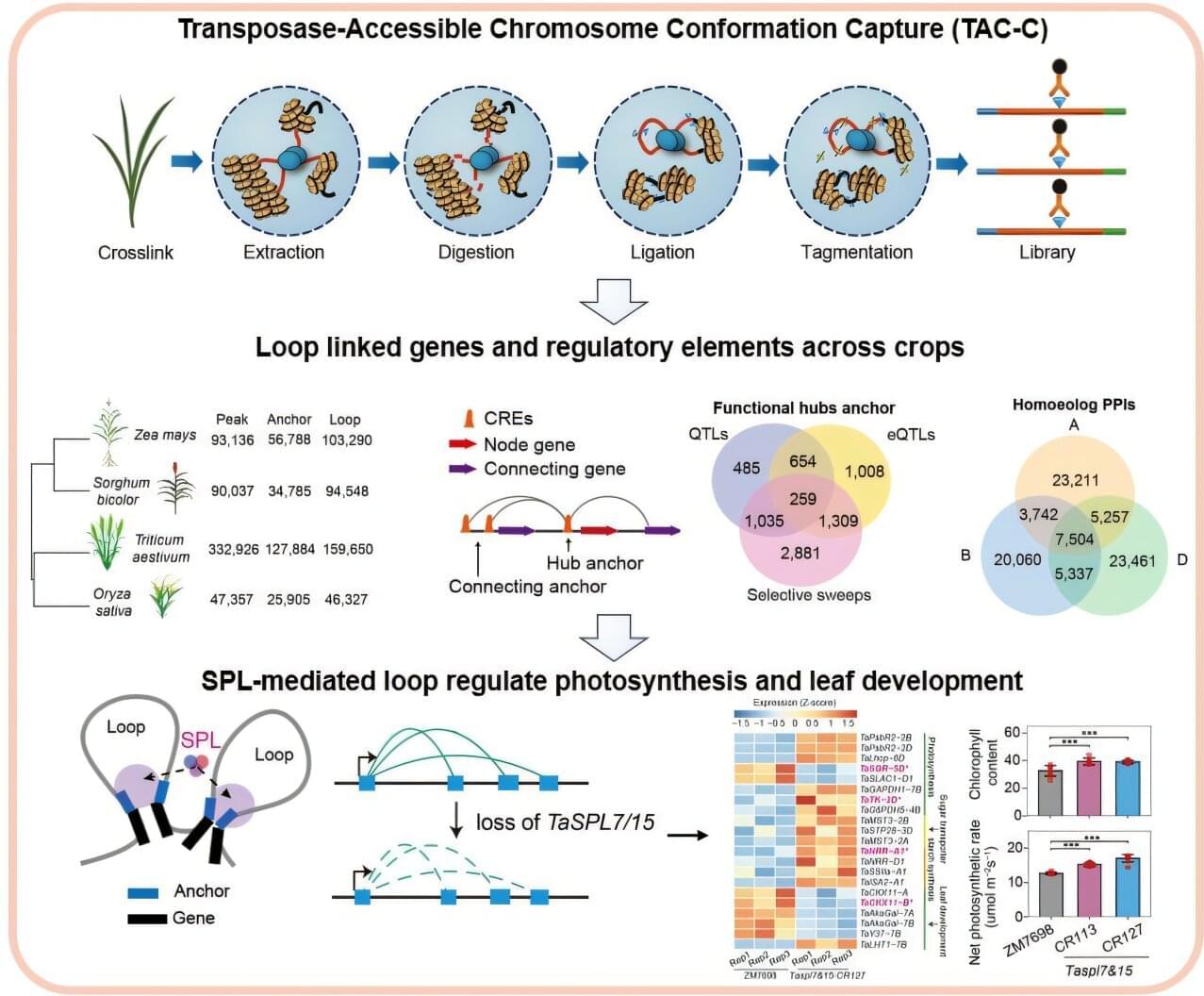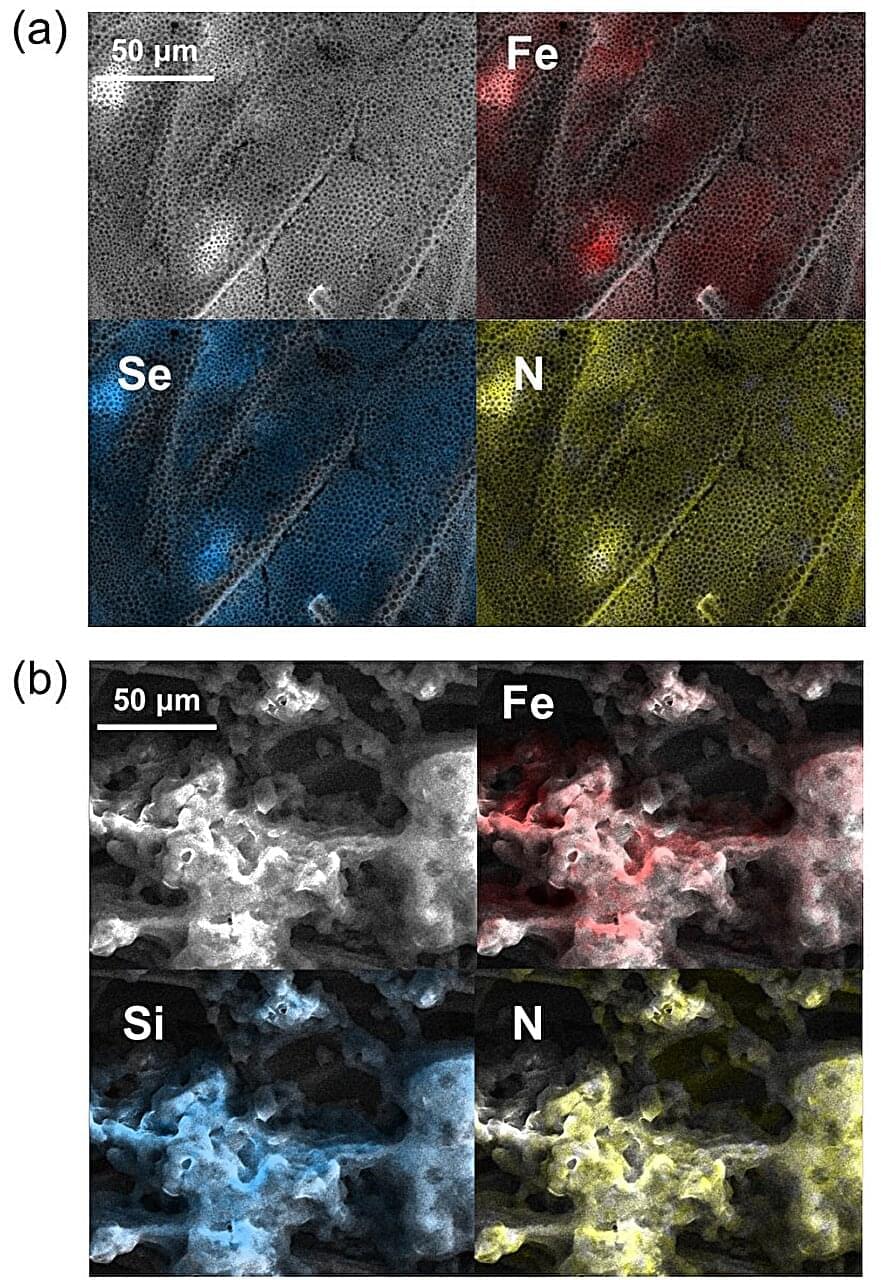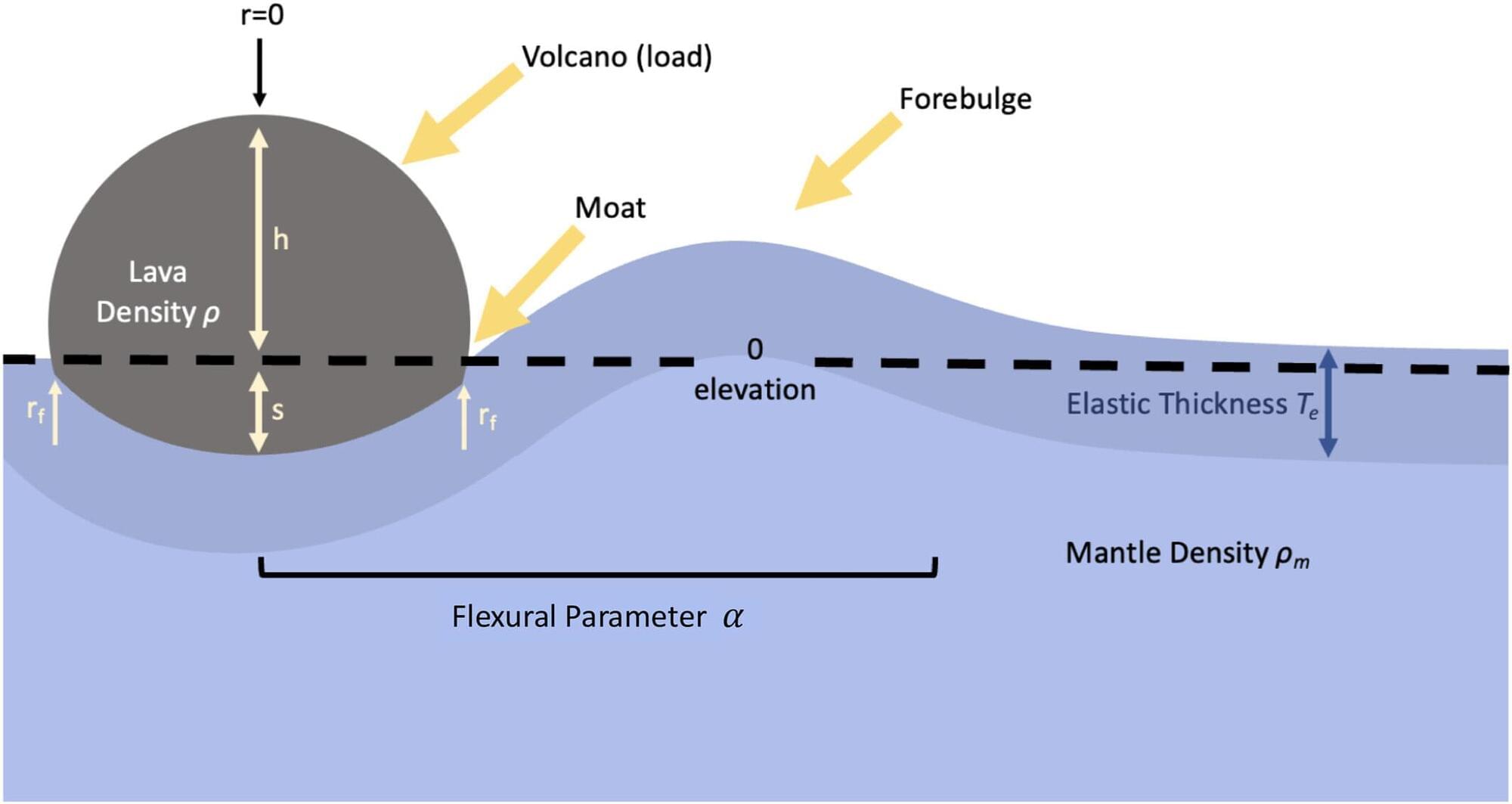Erwin Schrödinger’s famous thought experiment has always been deeply misunderstood. In this article I’d like to explain how, if understood properly, it might shed new light on the mechanism by which consciousness evolved.
Schrödinger’s cat and schrödinger’s hat
The purpose of Schrödinger’s thought experiment was to highlight serious problems in the (then very new) “Copenhagen Interpretation” of Quantum Mechanics (CI). The CI was a bit of a botch-job, because the founders of QM had no idea how to “interpret” the strange new physics they had discovered. The CI says quantum systems remain in a superposition (a “smeared out” state where everything than can happen is somehow happening in parallel) until measured, but does not define what counts as a “measurement”, or why. Schrödinger always rejected this idea, and his thought experiment was intended to demonstrate why. He proposes a sealed box (so no “measurements” can take place), in which has been placed a cat, and a quantum source with a 50% probability of releasing poison. According to the CI, so long as the system inside the box remains “unmeasured”, the poison has both been released and not-released and therefore that cat is both dead and alive.









